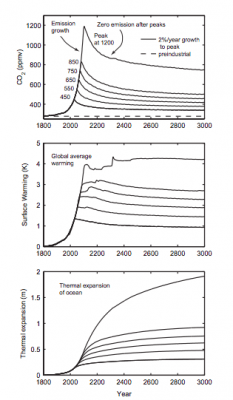Agriculture has been the main means of survival for humans for centuries. The age of hunter-gatherers is ancient history. Societies all over the globe have been built and destroyed over the resources that are yielded due to the development of agriculture and agricultural technology. Because agriculture involves utilizing a small area relative to the number of crops grown or livestock raised on it, it means that farmers and ranchers are able to produce a high volume of what they are producing in a concentrated area. However, the world has been facing an agricultural crisis in the last millennium due to exponential population growth and a vast reduction in arable farmland. This means that the demand for milk, eggs, crops, meat, etc.. is rising, but the area in which these resources are produced is shrinking. The United Nations Department of Economic and Social affairs reported a projection that the world population will reach 9.7 billion people by the year 2050. But what does that mean for the future of agriculture? Well, modern scientists have already started to come up with solutions to these issues; many of which may sound familiar. Factory farming, genetically modified foods, pesticides and artificial growth hormone and antibiotic cocktails for animals are only a few ways that agriculture has been permeated by modern technology. Unfortunately, many of these technological ‘advances’ have been catastrophic for the earth. Factory farms produce incredible amounts of CO2 and CH4 and they pollute soil, ground water and air quality. The sick animals that they raise on artificial hormones and antibiotics are then fed to humans which makes us, by default, sicker as well. The plants, such as soybeans, produced by companies like Monsanto, are so altered and sprayed with chemicals that they are de facto stripped of their nutritional value.
In the same UN/DESA study, it is projected that the yield of staple grains like wheat and corn will decrease by 50% due to the effects of global warming. Imagine that: 35 years from now, we will probably have only half the number of grains and corn that we have now because of climate change. Less arable land means fewer farms, which leads to higher prices and lower production. Agriculture, and the deforestation that is needed to create farmland, is responsible for 1/5th or 21% of all CO2 emissions in the world, between 2000 and 2010. The total estimate of CO2 emissions from agriculture in this decade was approximately 44 billion metric tonnes. Anthropic climate change is killing agriculture, but the deforestation and greenhouse gas emissions from farms is one of the single largest causes of climate change in the world. So is agriculture good or bad? The simple answer is both or neither, whichever way you choose to look at it.
You can read the whole article here.



